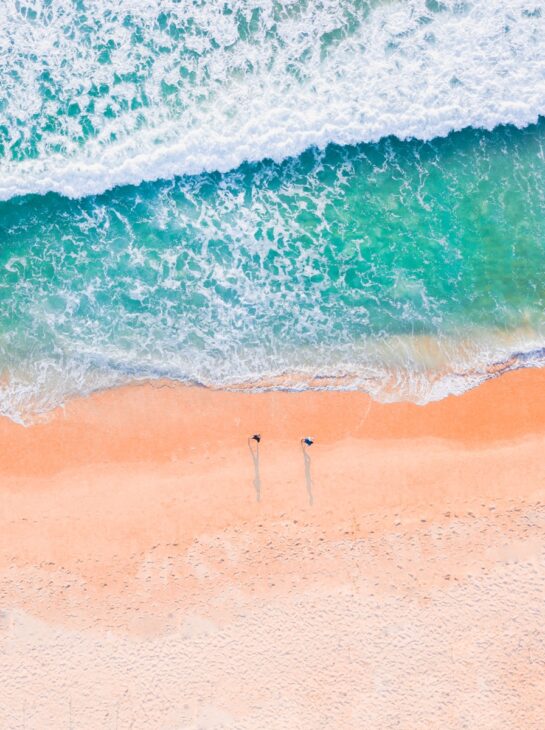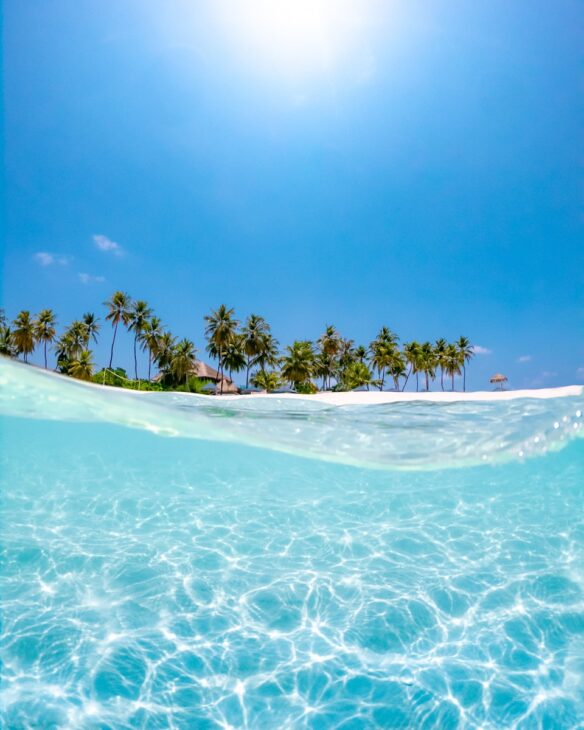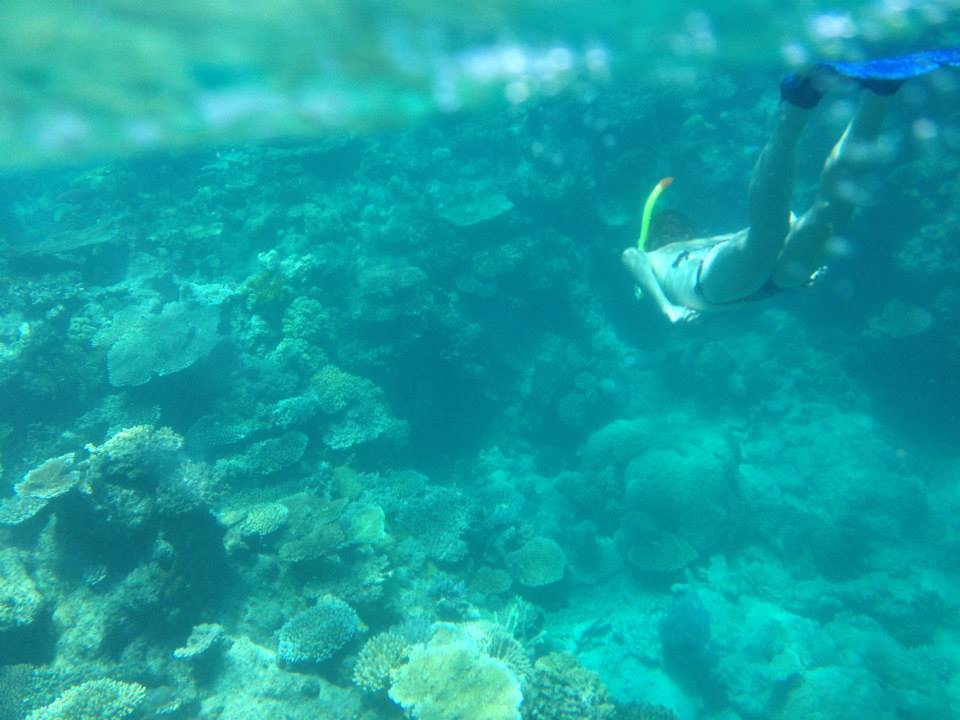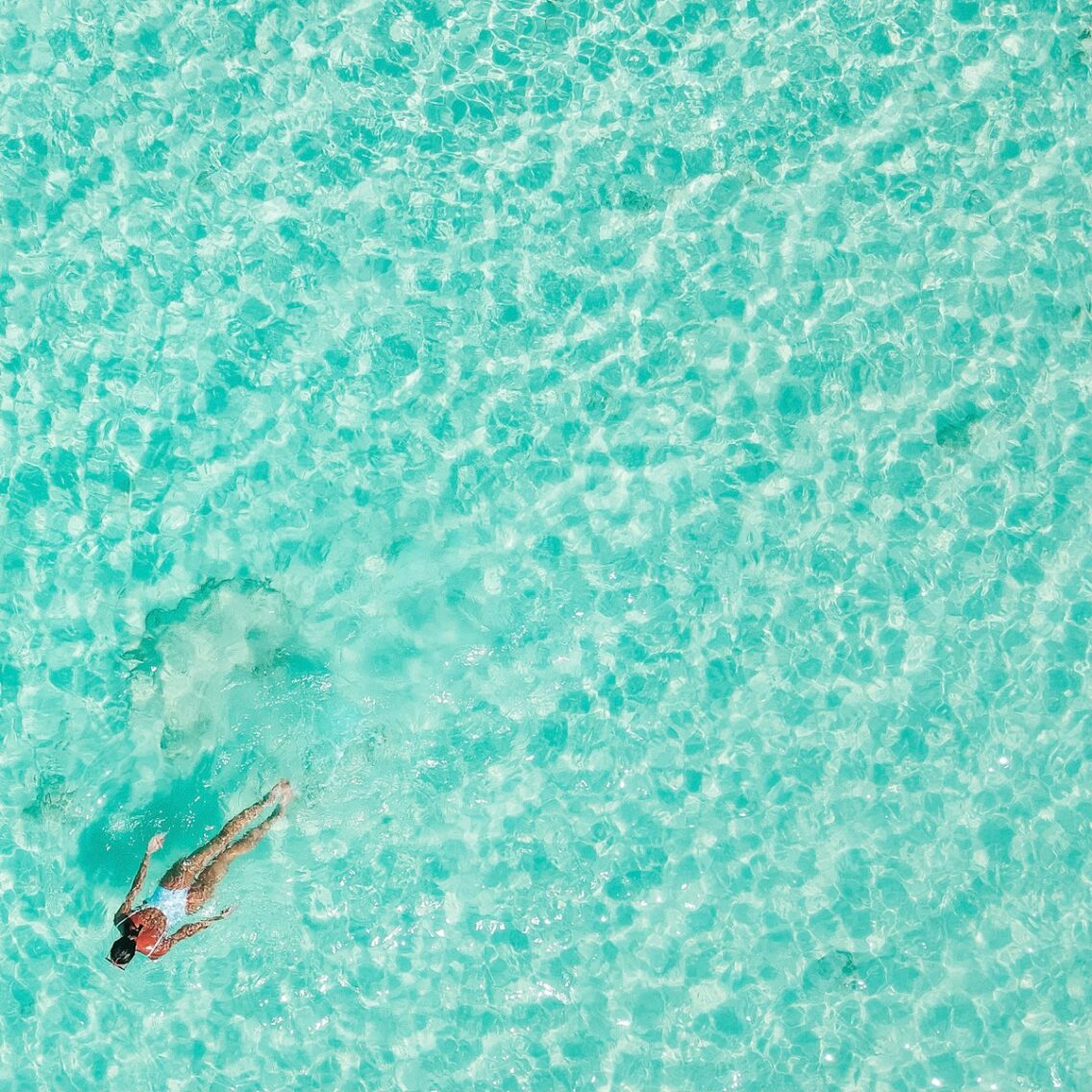Ah, the sea. The sea is synonymous with sun, sand, selfies, and a fresh, salty breeze. Whether you’re at a tropical beach or your nearest coastline, there’s something undeniably magical about the ocean. It glitters under the sun, invites you to dip your toes (or cannonball right in), and provides the perfect backdrop for your holiday snaps. But here’s the thing nobody likes to admit: the sea isn’t just a pretty face. It’s a force of nature—and it doesn’t care if you packed a lilo and some mojitos.

It’s not just water, folks—it’s wild power
Most of us consider the ocean to be this vast, calm blue space perfect for floating, splashing, or filming your next Instagram reel. But what lies beneath its glittering surface? There are rip currents, shifting tides, and waves that can quickly sweep you off your feet.
Let’s not forget: this is the same sea that shaped coastlines, sank ships, and inspired entire myths about monsters dragging sailors to their doom. Sounds dramatic? Maybe. But it’s also true.
Respect the rip
The rip current is one of the most subtle sea hazards. You know, that invisible force that suddenly pulls you away from shore while you’re just trying to vibe in waist-deep water? Indeed, it is that force. Most people don’t even know it’s happening until they’re meters away from safety and paddling in panic.
If you find yourself in a situation like this, it’s advisable to remain calm. Swim parallel to the shore, keep calm, and remember—you’re not in a swimming pool. No lifeguard will sound a whistle to stop the tide.
Waves aren’t just for surfers
A rogue wave doesn’t need a surfboard to mess up your day. A seemingly harmless, small wave can unexpectedly transform into a chaotic mess of sand, water, and flailing limbs. Let’s face it, no one appears cool when tossed around like laundry.

It’s the same with shorebreaks—those waves that crash right on the sand. Kids love them, but they can cause serious injuries if you’re not paying attention. Neck injuries, back injuries, ego injuries… take your pick.
It changes without warning
The sea is moody. One minute it’s calm; the next it’s throwing a tantrum with wind, waves, and angry skies. Tide charts are useful, but they don’t guarantee your safety. So if the sea starts acting up, it’s not being dramatic—it’s being the sea.

Even the most seasoned sailors check the weather. So maybe don’t go paddleboarding at sunset in a new bikini just because it “looks chill.” Check the conditions. Respect the sea.
The sea is not your bin, either
While we’re here, it’s not just about staying safe—it’s about keeping it safe. We forget the sea’s strength until it reminds us. But we also forget its fragility. Plastic bottles, snack wrappers, and cigarette butts—they don’t belong in the ocean. Let’s not make it fight harder than it already has to. If you love the sea, protect it like a friend who could knock you out in one punch.

Verdict?
The sea is majestic, mysterious, and moodier than a teenager after a Wi-Fi outage. It’ll show you beauty like nothing else—but it’ll also remind you who’s boss if you get cocky.
So love the sea. Swim in it. Float in it. Watch the sunset over it. Just don’t forget: it’s not here for your amusement. It’s ancient. It’s powerful. And it deserves your respect.
Now go enjoy the waves—but maybe leave the inflatable flamingo on shore, yeah?















